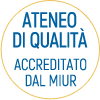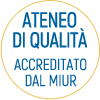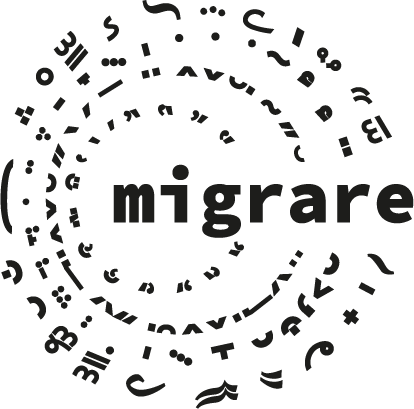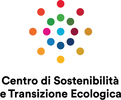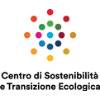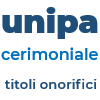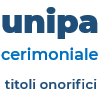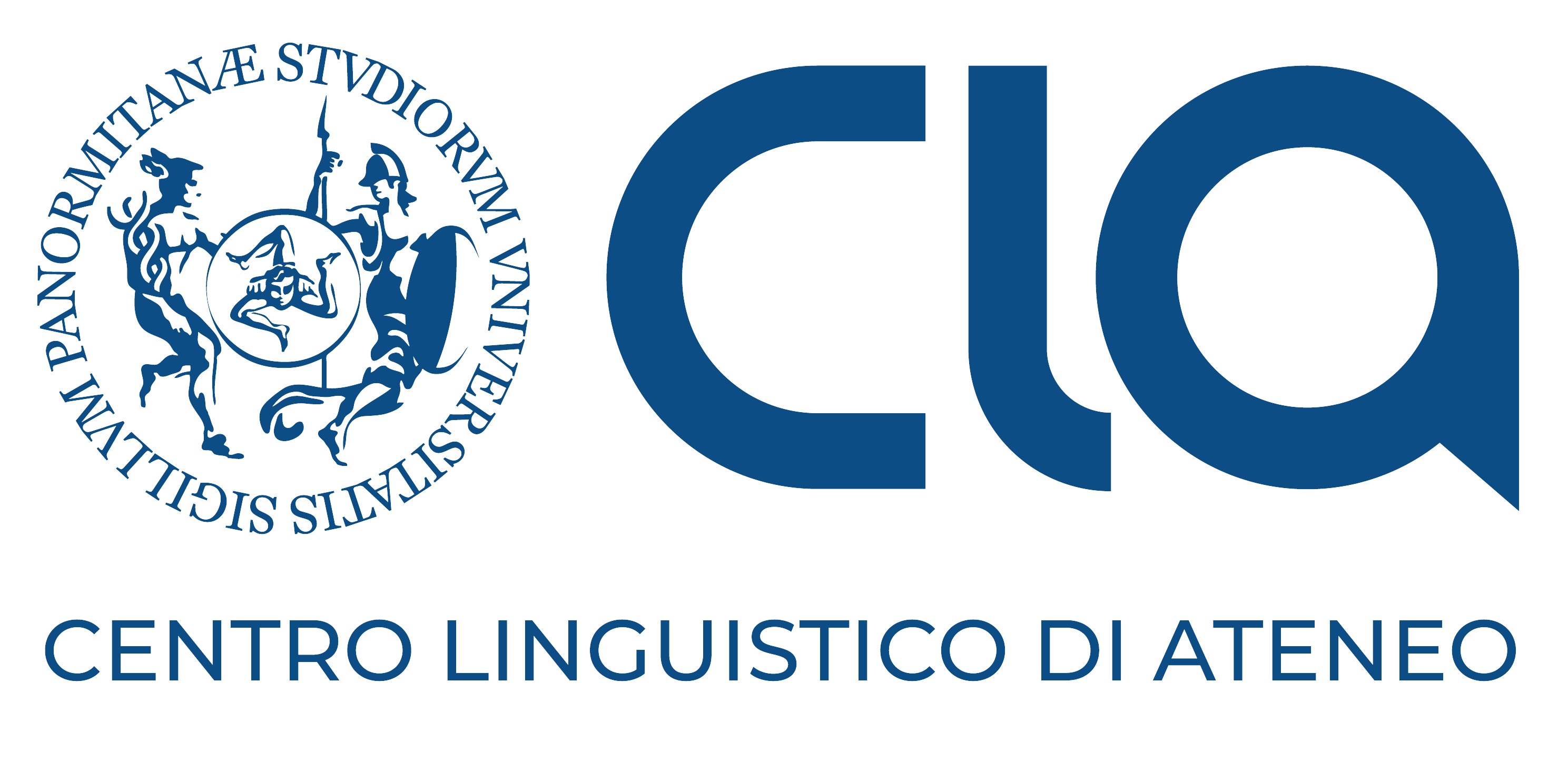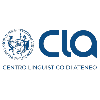Multitemporal mapping of peri-urban carbon stocks and soil sealing from satellite data
DOI>10.1016/j.scitotenv.2017.08.250
The following personal article link will provide free access to this article, and is valid until October 21, 2017 https://authors.elsevier.com/c/1Veu-B8cccnEa
Peri-urbanisation is the expansion of compact urban areas towards low-density settlements. This phenomenon directly challenges the agricultural landscape multifunctionality, including its carbon (C) storage capacity. Using satellite data, we mapped peri-urban C stocks in soil and built-up surfaces over three areas from 1993 to 2014 in the Emilia-Romagna region, Italy: a thinly populated area around Piacenza, an intermediate-density area covering the Reggio Emilia-Modena conurbation and a densely anthropized area developing along the coast of Rimini. Satellite-derived maps enabled the quantitative analysis of spatial and temporal features of urban growth and soil sealing, expressed as the ratio between C in built-up land and organic C in soils (Cc/Co). The three areas show substantial differences in C stock balance and soil sealing evolution. In Piacenza (Cc/Co = 0.07 in 1993), although questioned by late industrial expansion and connected residential sprawl (Cc/Co growth by 38%), most of the new urbanisation spared the best rural soils. The Reggio Emilia-Modena conurbation, driven by the polycentricism of the area and the heterogeneity of economic sectors (Cc/Co rising from 0.08 to 0.14 from 1993 to 2014), balances sprawl and densification. Rimini, severely sealed since the 1960s (Cc/Co = 0.23 in 1993), densifies its existing settlements and develops an industrial expansion of the hinterland, with Cc/Co growth accelerating from + 15% before 2003 to + 36% for the last decade.




